The grand pipe organ of Notre-Dame de Paris has resonated through the cathedral’s vaulted ceilings for centuries, its rich timbre woven into the fabric of French musical heritage. When flames threatened to silence this instrument forever in 2019, a race began not just to restore the physical structure but to preserve its irreplaceable sonic identity. What emerged was an ambitious acoustic modeling project—a marriage of medieval craftsmanship and 21st-century technology—to digitally immortalize the voice of Notre-Dame’s organ before reconstruction alters its centuries-old character.
Behind the gilded casework lies an ecosystem of 8,000 pipes, each whispering secrets of acoustic alchemy perfected since Aristide Cavaillé-Coll’s 1868 redesign. Researchers from Sorbonne University and the Centre for Computer Research in Music and Acoustics (CCRMA) deployed laser scanners to map the cathedral’s reverberant chambers with millimeter precision. Microphones suspended from scaffolding captured impulse responses at 256 discrete locations, documenting how sound interacts with the nave’s unique geometry. "We’re not just sampling notes," explains lead acoustician Dr. Élodie Chabot. "We’re preserving the dialogue between stone and air that gives this space its soul."
The modeling process reveals astonishing complexities. A single held note on the organ’s Montre 8’ stop generates 37 distinct acoustic reflections within the first second, with late reverberations lasting nearly 12 seconds—twice as long as most concert halls. Spectral analysis shows how the Gothic rib vaults emphasize frequencies between 80-250 Hz, creating that characteristic "wooliness" described by organists. By contrast, the transept’s rose windows introduce high-frequency scattering that prevents metallic brightness from becoming harsh.
Historical accidents contribute to the magic. Thermal expansion from decades of candle smoke has subtly warped the north aisle walls, creating unpredictable diffraction patterns. The team discovered that fire damage to plaster surfaces actually enhanced midrange clarity—a paradoxical improvement being carefully documented before restoration workers apply new acoustically transparent coatings. "These imperfections are the instrument’s fingerprints," notes organ curator Jean-Louis Bergère. "Digital preservation lets us honor them even as we make repairs."
Beyond conservation, the project unlocks creative possibilities. The 9.4-terabyte dataset allows virtual placement of microphones anywhere in the 3D model, enabling recordings with impossible physical perspectives. Composers can experiment with the acoustics of Notre-Dame as it sounded in 1920 (based on archival recordings) or project how new materials might alter future performances. Most remarkably, the team has developed algorithms that separate the organ’s intrinsic sound from the building’s influence, allowing the instrument to "play" other spaces while retaining its tonal identity.
As craftsmen painstakingly reassemble the organ’s mechanical components—cleaning 200,000 pipe feet without altering their voicing—the digital twin serves as an acoustic reference. Wind pressure sensors confirm that the restored bellows reproduce the same attack transients captured in pre-fire recordings. Machine learning compares newly voiced pipes against their modeled counterparts, ensuring historical continuity. This synergy of tradition and technology sets a precedent; similar efforts are now underway for organs in Strasbourg and Westminster Abbey.
The implications extend far beyond organology. By preserving the precise acoustic conditions under which Berlioz’s Te Deum premiered or Langlais improvised his epic post-war recitals, the project creates a time capsule for musicologists. Architectural historians gain insights into how medieval builders intuitively optimized spaces for chant. Perhaps most profoundly, when the next generation hears the reborn organ’s first chord, they’ll experience not just a restoration, but an unbroken conversation across eight centuries of sound.
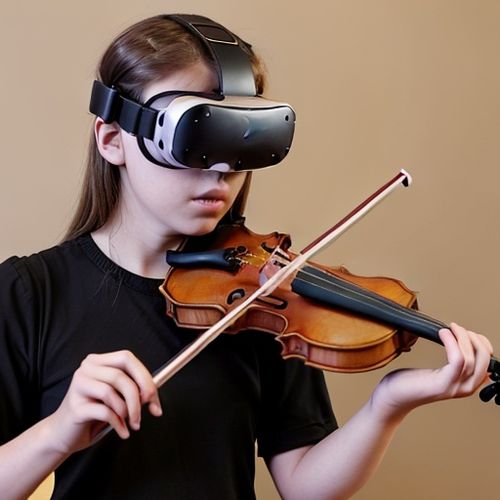
By Olivia Reed/Apr 13, 2025
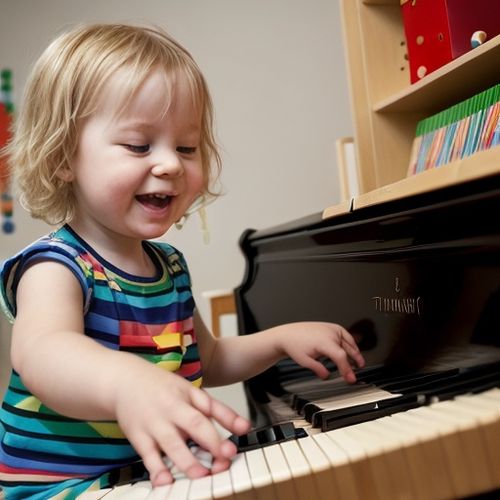
By William Miller/Apr 13, 2025

By Amanda Phillips/Apr 13, 2025
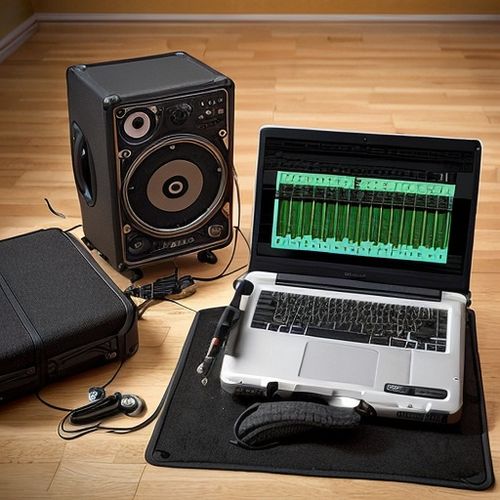
By Megan Clark/Apr 13, 2025

By Joshua Howard/Apr 13, 2025
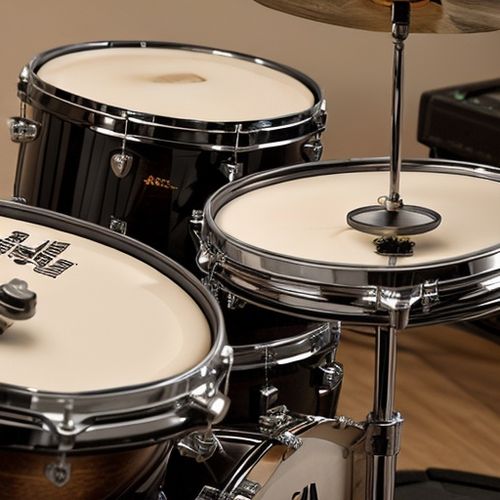
By Samuel Cooper/Apr 13, 2025
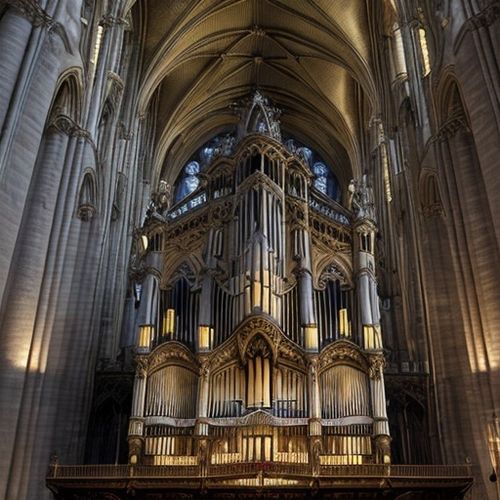
By Elizabeth Taylor/Apr 13, 2025
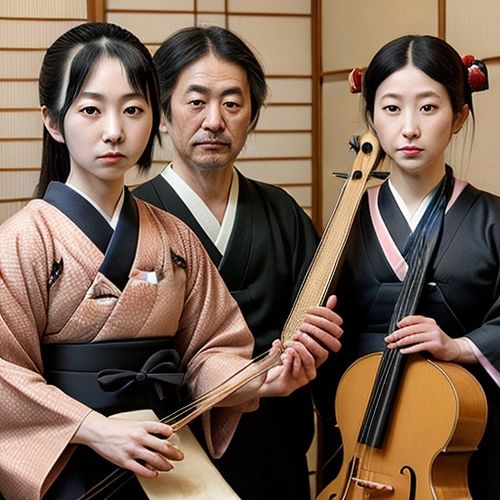
By Eric Ward/Apr 13, 2025
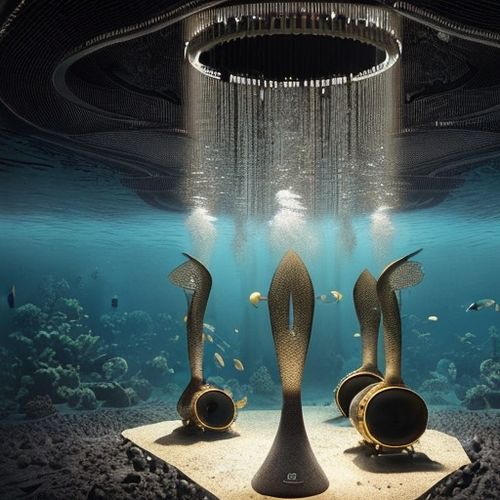
By Emma Thompson/Apr 13, 2025
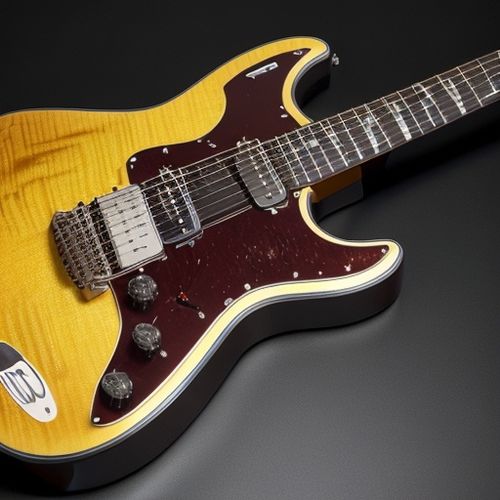
By Noah Bell/Apr 13, 2025
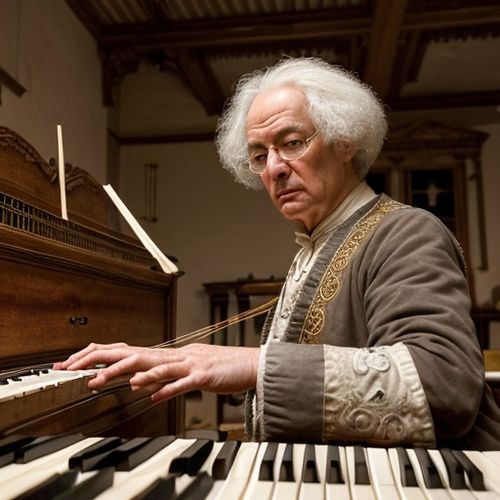
By Sarah Davis/Apr 13, 2025
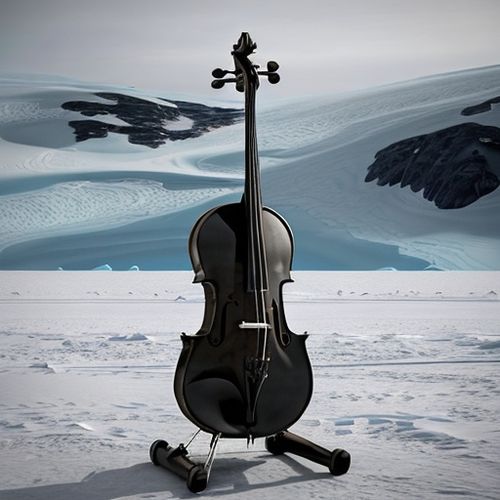
By Eric Ward/Apr 13, 2025

By Daniel Scott/Apr 13, 2025
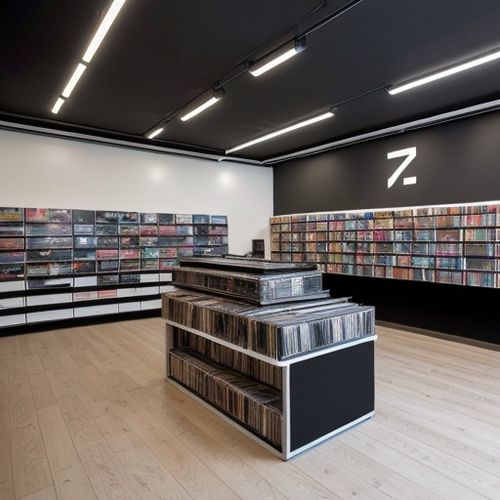
By Benjamin Evans/Apr 13, 2025

By Elizabeth Taylor/Apr 13, 2025
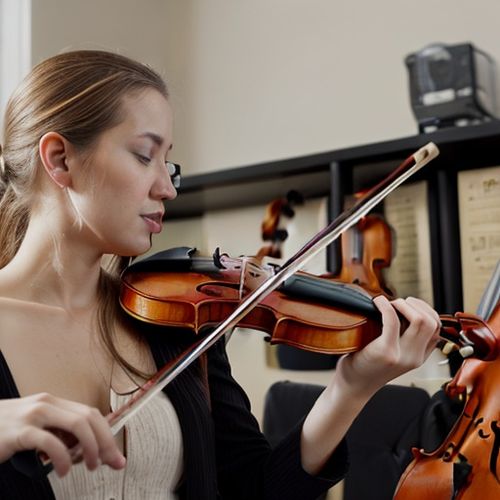
By Grace Cox/Apr 13, 2025
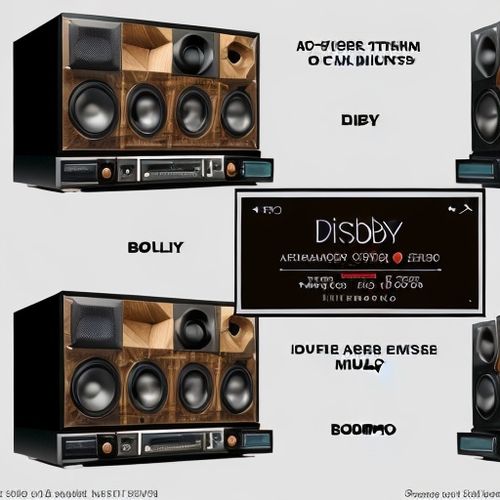
By Megan Clark/Apr 13, 2025

By Benjamin Evans/Apr 13, 2025

By Thomas Roberts/Apr 13, 2025
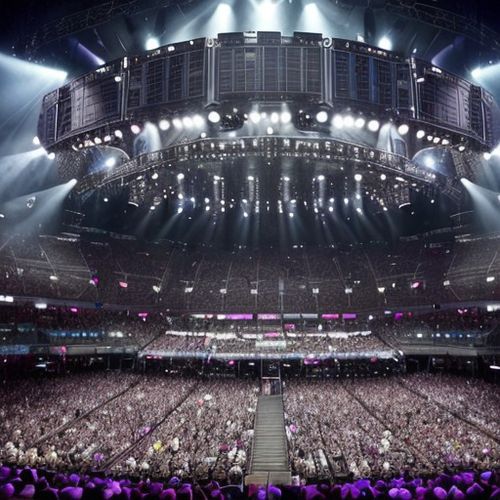
By Sarah Davis/Apr 13, 2025